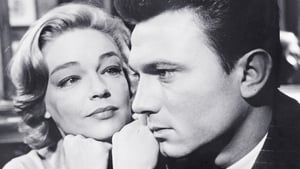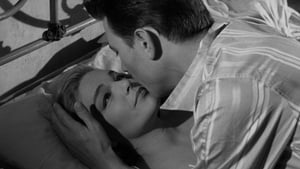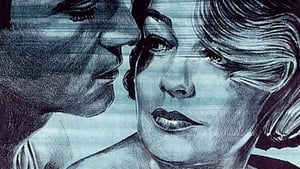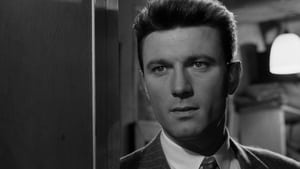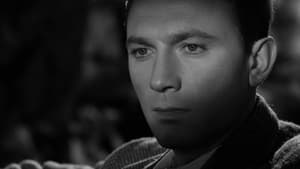Video Sources 0 Views
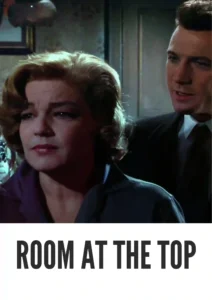
Synopsis

Delve into the complex world of ambition and romance with Room at the Top, a powerful social drama from 1959, now exquisitely colorized for a viewing experience that transcends time. Starring Laurence Harvey and Simone Signoret, this film, directed by Jack Clayton, explores themes of class, love, and the ruthless pursuit of success in post-war Britain. Ideal for enthusiasts of classic cinema and those who appreciate thought-provoking narratives, this HD download brings a seminal work of British film to life with remarkable clarity and emotional depth.
Room at the Top tells the story of Joe Lampton (Laurence Harvey), an ambitious young man determined to climb the social ladder in a post-war Yorkshire town. Joe arrives in Warnley, seeking to escape his working-class background and make a name for himself.
His strategy involves pursuing Susan Brown (Heather Sears), the daughter of a wealthy industrialist. However, his carefully laid plans are complicated when he falls in love with Alice Aisgill (Simone Signoret), an older, married woman who offers him genuine affection and understanding. Torn between his ambition and his heart, Joe must make a series of choices that will determine his future. As he gets closer to achieving his goals, the consequences of his actions begin to catch up with him. Room at the Top is a poignant exploration of ambition, love, and the compromises people make in their quest for a better life, revealing the emotional toll of social climbing and the complexities of human relationships.
The film features a stellar cast of actors who deliver unforgettable performances:
-
Laurence Harvey as Joe Lampton
-
Simone Signoret as Alice Aisgill
-
Heather Sears as Susan Brown
-
Donald Wolfit as Mr. Brown
-
Donald Houston as Charles
Room at the Top is a social drama film. It delves into the complexities of class, ambition, and human relationships with great sensitivity and depth.
Released in 1959, Room at the Top is considered a significant film in the British New Wave movement, which sought to portray realistic stories about working-class life and challenge the conventions of mainstream cinema. The film’s success helped pave the way for other groundbreaking British films and solidified Laurence Harvey and Simone Signoret as international stars. Room at the Top reflects the changing social landscape of post-war Britain, where class divisions were still deeply entrenched, and the pursuit of upward mobility often came at a high price. The film’s unflinching portrayal of these issues resonated with audiences and critics alike, cementing its place in cinematic history.
This colorized version of Room at the Top has undergone a meticulous restoration process, utilizing state-of-the-art digital technology to enhance the visual experience while honoring the film’s original artistic intent. The colorization process involved a detailed analysis of the film’s grayscale tones, with careful consideration given to historical accuracy and aesthetic appeal. While the specific software used remains confidential, the techniques employed included advanced algorithms for color palette selection and image enhancement. This painstaking process breathes new life into the characters and settings, making the story even more immersive for contemporary viewers. While debates surrounding the colorization of classic films persist, this version aims to introduce Room at the Top to a wider audience, ensuring its enduring legacy for generations to come.
-
: Jack Clayton
-
: Neil Paterson
-
: the novel by John Braine
-
: Freddie Francis
-
: Ralph Kemplen
-
: Romulus Films
-
: British Lion Films
-
: 117 minutes
-
: MP4
-
: HD (1080p)
-
: Compatible with most devices, including smartphones, tablets, computers, and smart TVs.
Room at the Top (1959) is widely regarded as a landmark film in British cinema, earning critical acclaim and numerous awards, including two Academy Awards. Its honest portrayal of social issues and compelling performances continue to resonate with audiences today. As a powerful and thought-provoking film, Room at the Top provides a timeless commentary on ambition, love, and the human condition.
-
: What is Room at the Top about?
-
A: Room at the Top is a social drama about a young man’s ruthless climb to success and the compromises he makes along the way.
-
-
: Is Room at the Top (1959) a well-known film?
-
A: Yes, Room at the Top is a highly regarded film and a significant work in the British New Wave movement.
-
-
: Is this version of Room at the Top colorized?
-
A: Yes, this version has been professionally colorized to enhance the viewing experience.
-
-
: What makes Room at the Top interesting for film enthusiasts?
-
A: Room at the Top offers valuable insights into British society in the post-war era, showcasing the complexities of class and ambition.
-
-
: What is the download format?
-
A: The download format is MP4, which is compatible with most devices.
-
-
: What resolution is the download?
-
A: The resolution is HD (1080p), providing a high-quality viewing experience.
-
Watch Room at the Top Today!
